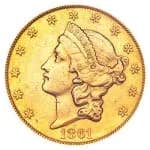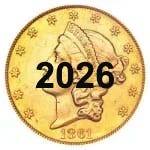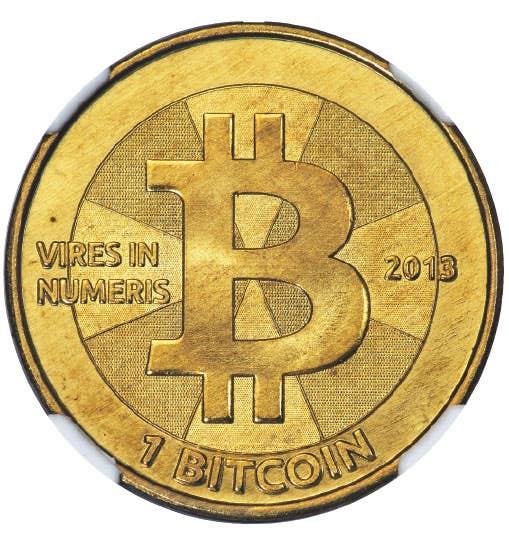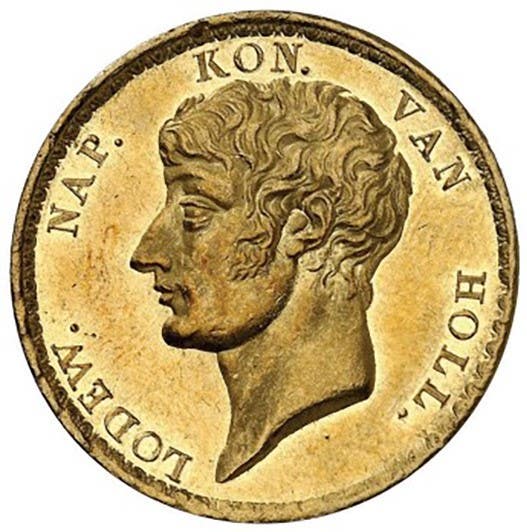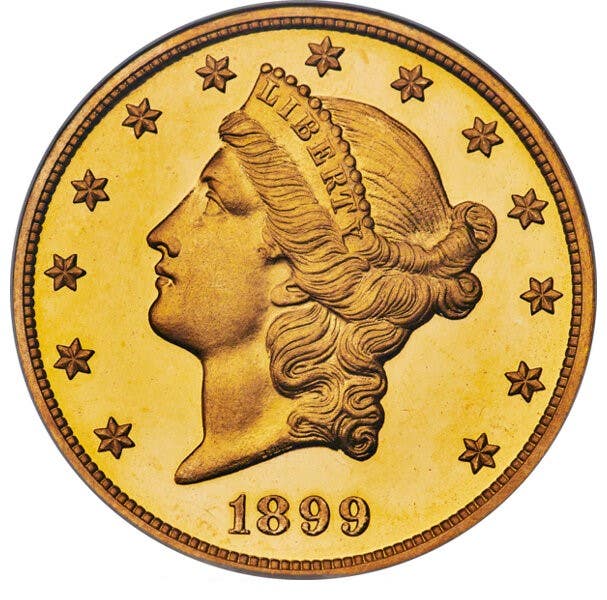Gnarled Edges, Out-Of-Round Strikes Found On Adams Dollars
Several Numismatic News readers have alerted us of Presidential dollars that are afflicted by what I call gnarled rims. I’ve had reports on these ever since the George Washington dollar was released on through to the latest Thomas Jefferson dollars.
Several Numismatic News readers have alerted us of Presidential dollars that are afflicted by what I call gnarled rims. I've had reports on these ever since the George Washington dollar was released on through to the latest Thomas Jefferson dollars. The ones we show here are two of the Philadelphia Mint John Adams dollars sent in by a reader. In each case we see that the gnarled rims are on one side or the other but not on both. We also see that the high points of the gnarling goes hand in hand with edge characters that are heavily punched into the rim of the coin shifted to one side or the other. In effect the letters are shifted so close to one side of the rim that they are causing metal displacement to be evidenced on the rim they are bordering. The information on the submitter of this coin has been misplaced and I'd like for that person to contact me so that credits can be extended.
Several weeks ago, I touched on an effect found on the edge lettering on some Philadelphia Mint Adams dollars that many felt represented different font styles and/or font sizes used for the same denomination/date/Mint/type. Many were referring to them as small and large edge lettering and pointed out that the small edge letters were sunk to a chisel point in their recesses while the large letters had flat bottoms often bordered by doubling.
At that time I suggested that there were some possibilities that they could be different but that my gut feeling suggested that the variations were due to die wear or other abrasive actions perhaps normal to use in the Mint. As it turns out, further study demonstrated that they are indeed most probably from the same edge lettering die and not from distinctly different dies. I now refer to the variations as Stage 1 and Stage 2 edge letters.
Stage 1 is from the edge lettering die with no (or virtually no) grinding on it. Stage 2 is presumably the same edge lettering die after a grinder was taken to it (probably a dremel) and the tops of the inverted V shaped inscriptions ground down to a very small degree. This would have been like topping off a pyramid which now has a flat top; the characters applied to the coins with such a die that originally tapered down into the edges of the coins lost their taper. This probably created the doubling that we referred to (as some metal was pushed to the sides) and flat bottoms with heavy parallel grind marks on all the characters of the inscriptions.
I was able to largely duplicate the effect in the shop touching a new letter punch to a grinder and then punching it into the field of a coin into which I had punched earlier the new punch.
Though the same edge lettering die appears to have been used for both variations, the effect is rather pronounced and may in time catch on as moderately collectible. Only time will tell. As soon as my camera is back in commission (it is out for repair), I will shoot photos of the punches and test coin to show these effects.
I've received from reader Ty Young of Ohio what some are referring to as "matte edge" 2007-P Adams dollars. Reports of these have been coming in from various locations from the New England area to Ohio. I have determined that this effect is most probably caused by heavy abrasion on the shoulders of the die due to routine clean up of the edge lettering die with a wire brush or similar tool.
This evidence of clean-up work on the edge lettering die is most probably present most of the time but might not show up on the coins in most cases if the pressure used to apply the inscriptions is adequate to force the inscriptions that far. I suggest this because all the ones I've seen so far appear to have had their inscriptions impressed into the edges of the coins with more pressure than required, causing all the coins to be smaller in diameter than normal and out-of-round.
While a normal Presidential dollar diameter is 26.50mm, the so-called matte edge dollars range from about 26.31mm to 26.41mm on each of the coins depending on where you measure them from. In other words, if you measure one of these errors with a pair of calipers from 12 to 6 o'clock it might measure 26.32, while your next measurement of the same coin taken from 3 to 9 o'clock might be 26.41mm. In measuring 38 of these coins in multiple locations on each coin, I found all of them to be smaller than normal at all points, with an average diameter of 26.35mm. These too will be examined more closely with photographic evidence as soon as I have my camera back.
Ken Potter is the official attributer of world doubled dies for the Combined Organizations of Numismatic Error Collectors of America and for the National Collectors Association of Die Doubling. He also privately lists other collectible variety types on both U.S. and world coins in the Variety Coin Register. More information on either of the clubs, or how to get a coin listed in the Variety Coin Register may be obtained by sending a long self-addressed envelope with 63 cents postage to P.O. Box 760232, Lathrup Village, MI 48076, or by contacting him via e-mail at KPotter256@aol.com. An educational image gallery may be viewed on his Web site at www.koinpro.com.

